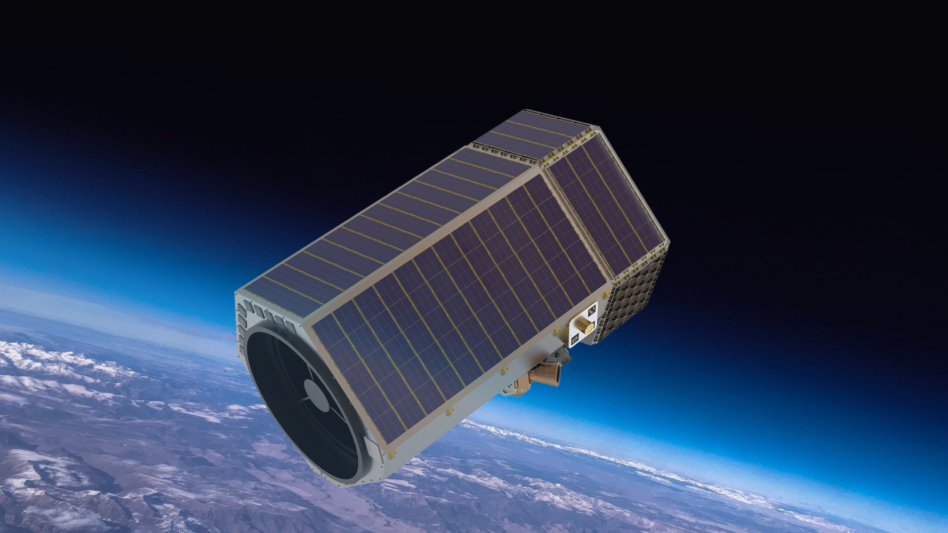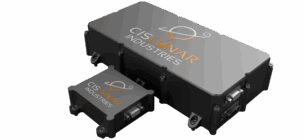Albedo has been approved to sell 10-cm commercial satellite imagery, the startup announced yesterday. The National Oceanic and Atmospheric Administration (NOAA) has granted a first-of-its-kind license to Albedo, allowing it to sell satellite imagery at a resolution of 10 cm/pixel. That’s more granular than anything commercially offered today.
Changing times…A few decades ago, the US greenlighted the sale of commercial imagery from space—with resolution caps and plenty of other caveats.
As remote-sensing constellations with new sensor modalities have come online, “there’s been a lot of push from the industry for the government to loosen restrictions to increase US competitiveness,” Albedo cofounder and CEO Topher Haddad told Payload.
Driven by emerging US commercial capabilities—and the increasing caliber of foreign sensing constellations—Uncle Sam put a new, three-tiered licensing process in place. The rules, promulgated in 2020, were cheered by industry for better balancing national security and economic competitiveness equities.
- The permitting process was fairly straightforward, Haddad said. “I’d definitely applaud NOAA…and the Department of Commerce for how they implemented these new regulations.”
As for the caveats? Imagery of sensitive government sites (ahem, Area 51) must be preapproved for self-explanatory reasons. There’s revisit rate limits and encrypted data transfer requirements, along with other restrictions that Haddad declined to discuss.
- Albedo’s license is categorized “Tier 3,” which covers completely new sensing capabilities.
- Within this bucket, the sale of commercial imagery can be temporarily limited, if requested by the Pentagon or US intelligence community.
Albedo still needs to build and deploy its remote-sensing satellites before it can use its license. To get its promised high-res optical (10cm) and thermal (4m) imagery, Albedo will launch its birds into very low-Earth orbit (VLEO).
“We cut the distance in half from a normal LEO altitude,” Haddad said. How is that done? A proprietary software/hardware stack, bespoke for VLEO. Albedo is developing control algorithms and a gestalt system design packed in an efficient, compact form factor, Haddad said.
Looking forward: The pre-Series A, Y Combinator W21 alum “has a few more years of heads-down” building, Haddad said. The NOAA license helps derisk the business plan from a regulatory perspective—“now, it’s more just execution.”




